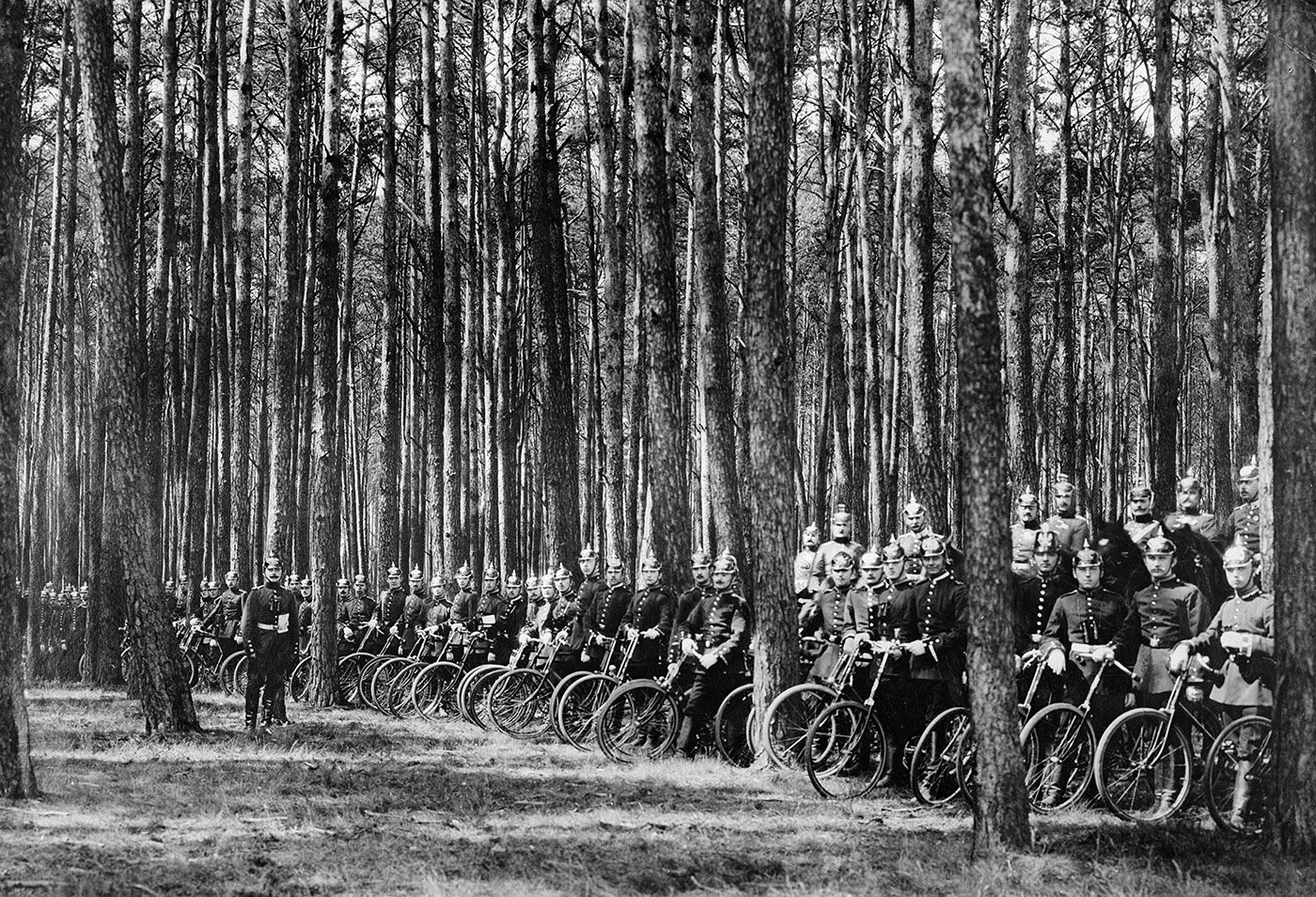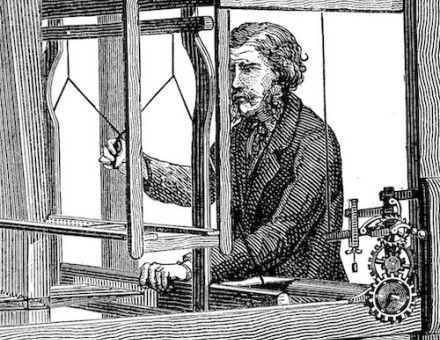
In Focus: Bicycle Battalions
Peering through the pines, a German cycle company of the First World War is captured on camera. Roger Hudson explains.
German bicycle troops pose with their machines among pine trees on the eve of the First World War. A few of the horses they are meant to supplement, or even supplant, are visible behind them. In 1914 German Jäger (light infantry) battalions each had a cycle company (Radfahr-kompanie) and there were 80 of them by the end of the war, some formed into battalions. But they and their British or French equivalents were, like the cavalry, denied the chance to show their effectiveness by the static nature of trench warfare.
Volunteer cycle battalions were first authorised in the British army in 1888 and both sides used them in the Boer War for reconnaissance and communications: unlike horses they did not need fodder or water. By 1914 there were 14 Territorial Army cycle battalions. The first British soldier to be killed in the war was a cycle scout from the Middlesex Regiment, on August 21st, but cycle troops missed the best chance to show their mettle in the first few months of open warfare because no battalions saw service overseas until 1915. The Army Cycle Corps was then established, overseeing their deployment mostly still in Britain or providing drafts of troops to replace losses in infantry battalions. Only in the last months of the conflict, when it once more became a war of movement, did cycle troops carry out valuable reconnaissance work.




